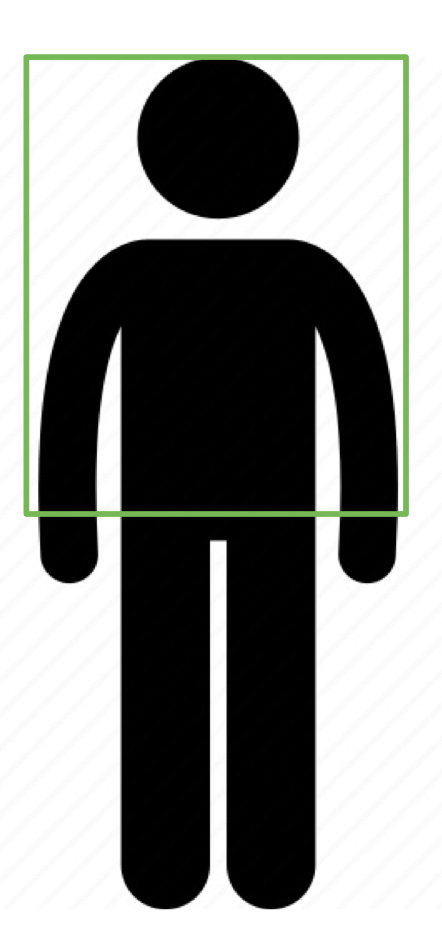I started my American Sign Language course on January 12th. The first module introduced the history of the language, the correct terminology to use when referring to Deaf people, and the components of the language.
American Sign Language (ASL), as the name suggests, is not an international language. It is localized to the United States, and there are even regional and cultural variations of ASL, such as African American Sign Language (similar to the relationship between African American Vernacular English and Standard American English). ASL is also not the only sign system that the people in the United States use.
When referring to Deaf people, it is important to avoid using inappropriate terms such as Deaf Mute or Hearing Impaired. Deaf people are a culture and prefer the term Deaf. As people learn sign language and socialize with Deaf people, they become part of the Deaf community, but only Deaf people are part of the Deaf culture. People who are not Deaf are considered to be “hearing people.” Hearing people are the signers, interpreters, friends and family of Deaf people that make up the Deaf community.
Sign Language has multiple components that signers use to communicate with each other. One of these components are the signs that are made up of four parts, which I have yet to learn. Another one is fingerspelling, where you can use individual letters to spell out words. Facial movements and body shifts are also important to understanding sign language, as these help communicate crucial information that cannot be retrieved from signs and fingerspelling alone. ASL also has its own grammar that does not always mimic English, with one example of this deviation being the lack of “states of being” verbs like is, are, were.
Before I started learning content, I had to learn how to properly sign. When signing, the dominant hand does most of the moving in signs that use both hands, and is the only one moving in signs that only involve one hand. The “signing space” is the imaginary rectangle around your body where your signs should be. It extends vertically from the waist to the top of your head and horizontally a little beyond shoulder width. When you sign, your elbow should remain by your waist with the tip of your hand being by your mouth, similar to the position you assume when taking an oath. Maintaining eye contact when signing is important, so signers will use their peripheral vision to see each other’s hands.

